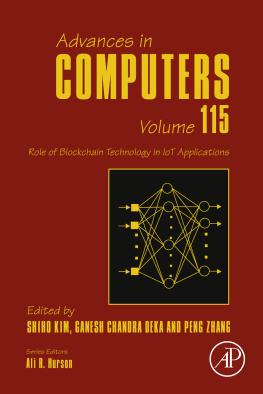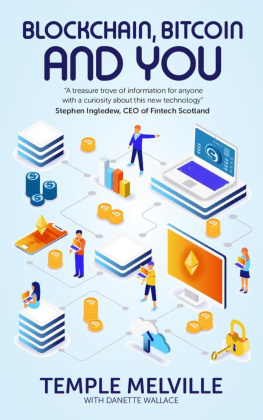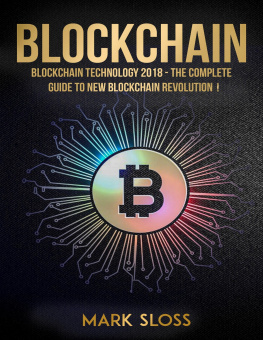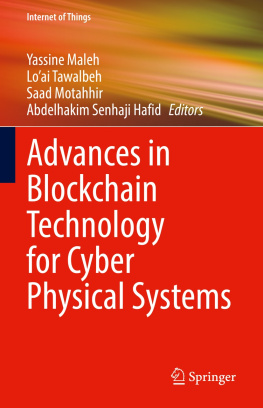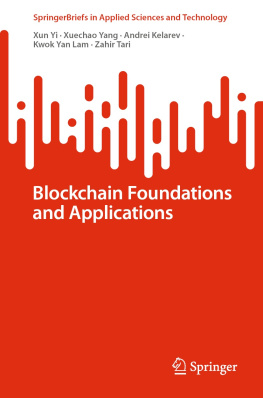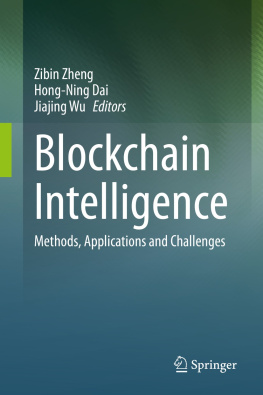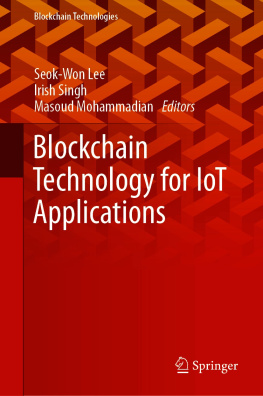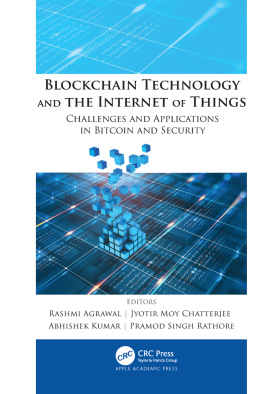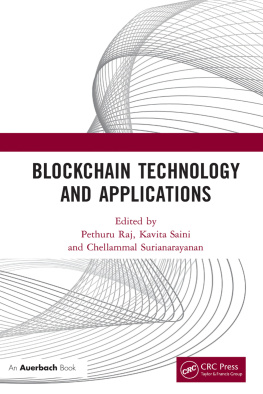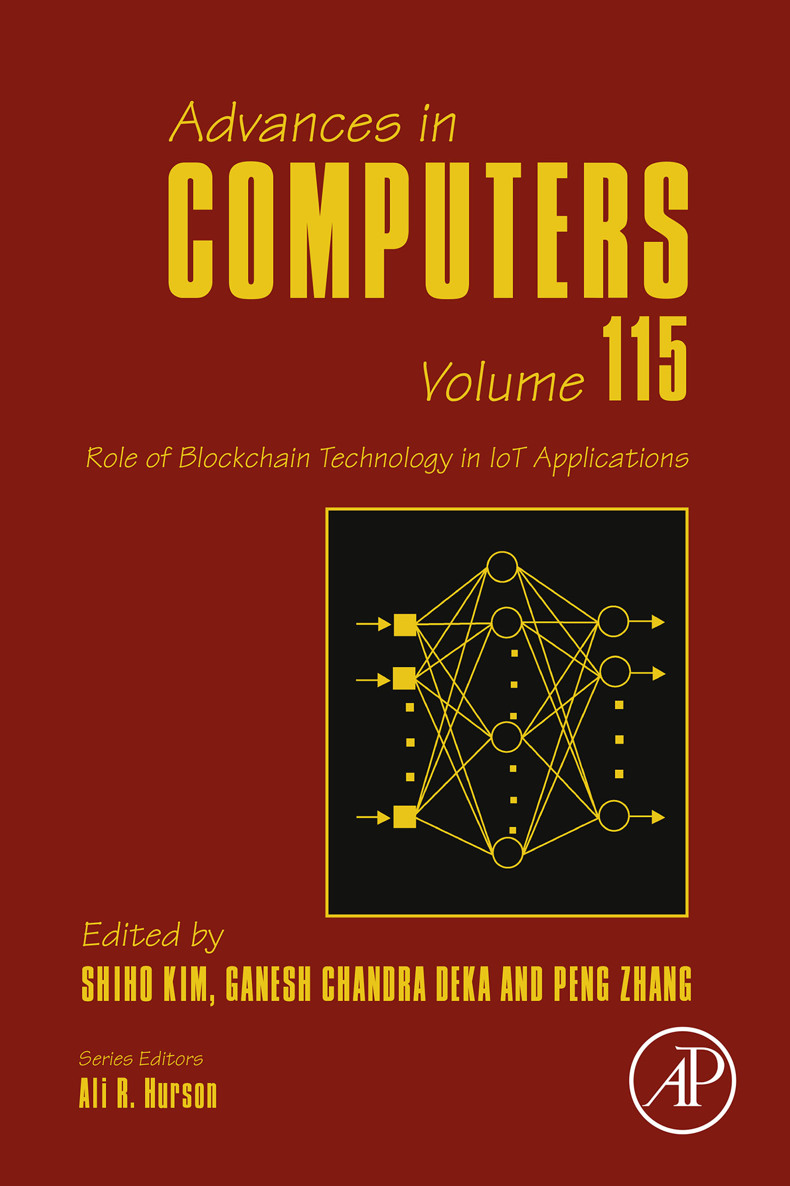Blockchain technology is getting a growing attention from various organizations and researchers as it provides magical solutions to the problems associated with the classical centralized architecture. Blockchain, whether public or private, is a distributed ledger with the capability of maintaining the integrity of transactions by decentralizing the ledger among participating users. On the other hand, the Internet of Things (IoT) represents a revolution of the Internet which can connect nearly all environment devices over the Internet to share their data to create novel services and applications for improving our quality of life. Although the centralized IoT system provides countless benefits, it raises several challenges. Resolving these challenges can be done by integrating IoT with blockchain technology. To be prepared for the integration process, this chapter provides an overview of technical aspects of the blockchain and IoT. It started by reviewing blockchain technology and its main structure. Applications and challenges of the blockchain are also presented. This is followed by reviewing the IoT system by highlighting common architecture and essential characteristics. Various applications and challenges of the IoT system are also discussed.
Keywords
Blockchain; Internet of Things; Blockchain Technology; Blockchain with IoT
1 Introduction
Before the invention of the blockchain, managing various activities and actions over the Internet was achieved through a centralized server to guarantee non-repudiation of data. A group of distributed entities could not verify transactions without using the centralized authority .
To find a solution to the problem of Byzantine generals, the blockchain increases transparency and reliability by using a probabilistic approach to distribute data among several users of the network. Generally, blockchain is a distributed database/ledger of transactions used to manage a constantly increasing set of records. It provides an efficient way to maintain security and data integrity in which a transaction must be verified by the majority of participating users in the blockchain network to be eligible to add in the ledger .
Another technology added significant developments to our community by having the capability to connect environment devices over the Internet to share their data and create new applications and services for improving our quality of life. This technology is known as the Internet of Things (IoT). The IoT is considered as an evolution of the Internet which involves both virtual and physical things of our environment, which are in billions .
The next phase of developments is to merge the IoT with blockchain technology. Although the centralized IoT architecture provides various benefits, it raises severe challenges regarding costs, scalability and security. The blockchain provides a decentralized model that can process billions of operations between various IoT devices. This is, in turn, will reduce the costs associated with building and maintaining large centralized data centers. Moreover, in the absence of a third party, the security issues regarding the single point of failure will be eliminated .
To be prepared for the integration of IoT with blockchain, this chapter presents technical aspects of blockchain and IoT. It started by providing a discussion of the blockchain technology and its main components. Current applications and challenges of the blockchain are also presented. This is followed by providing an overview of the IoT system including its common architecture and essential characteristics. Various applications and challenges of the IoT system are also discussed.
This chapter is structured as follows; is the conclusion.
2 Blockchain technology
This section provides a discussion of the technical aspects of blockchain technology. It discusses various definitions of blockchain with highlighting its essential characteristic and different types of the blockchain. Various applications and challenges of the blockchain are also presented.
2.1 An overview of blockchain
Blockchain is a distributed and decentralized ledger of transactions used to manage a constantly increasing set of records. To store a transaction in the ledger, the majority of participating users in the blockchain network should agree and record their consent. A set of transactions are grouped together and allocate a block in the ledger, which is chained of blocks. To link the blocks together, each block encompasses a timestamp and hash function to the previous block. The hash function validates the integrity and non-repudiation of the data inside the block. Moreover, to keep all participating users of the blockchain network updated, each user holds a copy of the original ledger and all users are synchronized and updated with newly change .
Blockchain has defined by many organizations from different perspectives. For instance, Coinbase, the world's largest cryptocurrency exchange, defined blockchain as a distributed, public ledger that contains the history of every bitcoin transaction .
In addition, a broader definition for the blockchain is provided by Webopedia. It stated a type of data structure that enables identifying and tracking transactions digitally and sharing this information across a distributed network of computers, creating in a sense a distributed trust network. The distributed ledger technology offered by blockchain provides a transparent and secure means for tracking the ownership and transfer of assets . This definition provides a more detailed description of the blockchain by highlighting its essential features with confirming that the blockchain is not only a distributed technology but also a decentralized environment.
Moreover, highlighting the main elements of blockchain technology, Sultan et al. provides a general definition for the blockchain. It stated a decentralized database containing sequential, cryptographically linked blocks of digitally signed asset transactions, governed by a consensus model .
2.2 History of blockchain
The history of blockchain technology has their roots in the 1980s and 1990s in the 20th century. However, it became widely acknowledged in 2008 after the discovery of the Bitcoin. According to Pilkington , the first notion of digital currency was invented based on a centralized server to avoid double-spending, which is the process of using the same bitcoins more than once. However, this perception failed to provide a solution for double-spending, anonymity and centralization problems.
The world remains several years to utilize the centralized architecture which use a third party to control and maintain the trust between communication parties until Szabo at the end of 1990 invented a decentralized digital currency which was called bit gold. After about 10 years, Bitcoin cryptocurrency was presented. Blockchain became broadly popular after the legendary paper of Nakamoto .
During the period from 2011 to 2013, blockchain has widely used in cryptocurrencies especially in currency transfer and digital payment. Nowadays, blockchain technology has emerged in various applications and services to make use of decentralization and immutability features. depicts the history of blockchain technology from 1990 till now.

